- Visitor information
- About us
- Exhibitions
- Temporary Exhibitions
- Permanent Exhibitions
- Past Exhibitions
- 2024/2025 - Life with Honey
- 2024/2025 - WANDERINGS - Lili Ország in Kiscell
- 2024 - Light & City
- 2022 - Gábor Gerhes: THE ATLAS
- 2019/2020 - Shine! - Fashion and Glamour
- 2019 - 1971 – Parallel Nonsynchronism
- 2018 – Your Turn!
- 2018 – Still Life
- 2017 – LAMP!
- 2017 – Tamás Zankó
- 2017 – Separate Ways
- 2017 – Giovanni Hajnal
- 2017 – Image Schema
- 2017 – Miklós Szüts
- 2016 – "Notes: Wartime"
- 2016 – #moszkvater
- 2015 – Corpse in the Basket-Trunk
- 2015 – PAPERwork
- 2015 – Doll Exhibition
- 2014 – Budapest Opera House
- 2013 – Wrap Art
- 2012 – Street Fashion Museum
- 2012 – Riding the Waves
- 2012 – Buda–Pest Horizon
- 2011 – The Modern Flat, 1960
- 2010 – FreeCikli
- 2008 – Drawing Lecture on the Roof
- 2008 – Fashion and Tradition
- 2004 – Mariazell and Hungary
- Virtual museum
- What's happening?
Fontana Department Store
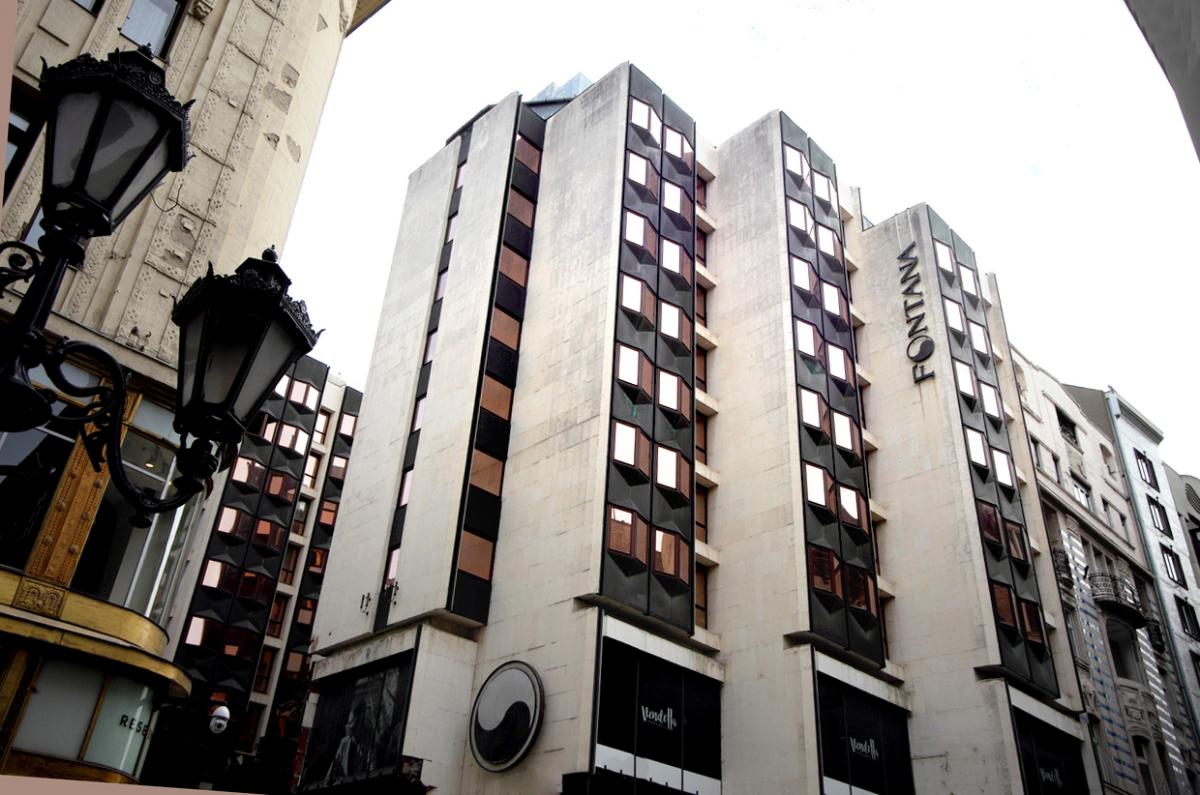
Fontana Department Store
1052 Budapest, Váci u. 16.
Architect: György Vedres, BVTV (BUVÁTI); interior designer: Sándor Mikó (Academy of Applied Arts)
Design: from 1967, construction: 1980-1983, demolition: 2021-22
Documentation: March 2021 (approx. 160 photos)
Photographs by Judit F. Szalatnyay, György Révhegyi (img. 44); concept by Márta Branczik; contribution by Csaba Gál
Archival photos, c. 1983: BUVÁTI material (Kiscell Photo Collection)
It may come as a surprise, but the history of the Fontana department store actually dates back to the mid-1960s, when the development plan for downtown Budapest was drawn up, which, in addition to the development of the Danube bank and related areas, aimed to turn Váci Street into a tourist-shopping-pedestrian street.
Following a competition for ideas in 1967, the design and construction of individual buildings commenced: the first commercial building, designed by György Vedres, was built on the corner of Váci Street and Régiposta Street starting in 1980.
The stepped mass of the lower three storeys of the building, housed the Aranypók clothing store, while the three separate but conjoined towers above housed the offices of the Banking Centre. (The roof terrace between the towers housed a pleasant coffee bar.) Such complex massing was popular at the time, because the previously customary compact massing based on opposites (tower and slab) had become too common. But here, the reasons for breaking up and articulating the masses were not only aesthetic: this way, the architect was able to loosen up the dense, closed row of buildings on Váci Street. The pedestrians thus perceived the street front not as a continuous wall lining the space, but as a layered, dynamic mass. Clad in white limestone, the façades were also animated by the designer: the surface was given plasticity by the angled window panes with rose-gold sheen and the copper-clad window heads and aprons that protruded out of the plane.
The main entrance to the department store opened from Váci Street. Walking through the light grey marble-tiled sales floor past the elevators, one could reach the staircase and the escalator. Here, the dark green marble cladding of the side walls was interrupted in places by circular window displays. It is interesting to note that the interior of the store was decorated in several shades of green: for example, the bright green of the plastic handles, door handles and key labels, the sorrel green of the counters and the poison green of the marble. The ever-disintegrating twisted rope of the cordons was also green. In the stairwell, the copper (?) framed balustrades were made of textured amber wire glass, and the office stairwell’s windows were built from amber glass blocks.
The passageway through the building was accessible from Régiposta Street, which also served the two-storey shop of the Képcsarnok / Picture Hall Company, but one of the entrances to the office towers was also on this side. This point on Váci Street was defined for decades by the mass of the building and the passageways retracted from the property line, which allowed the theretofore non-existent small square with the Hermes Fountain to emerge here. It now disappears again along with the building.
GALLERY
(Follow the link to the entire gallery: http://kiscellimuzeum.hu/virtualis_leletmentes/fontana)
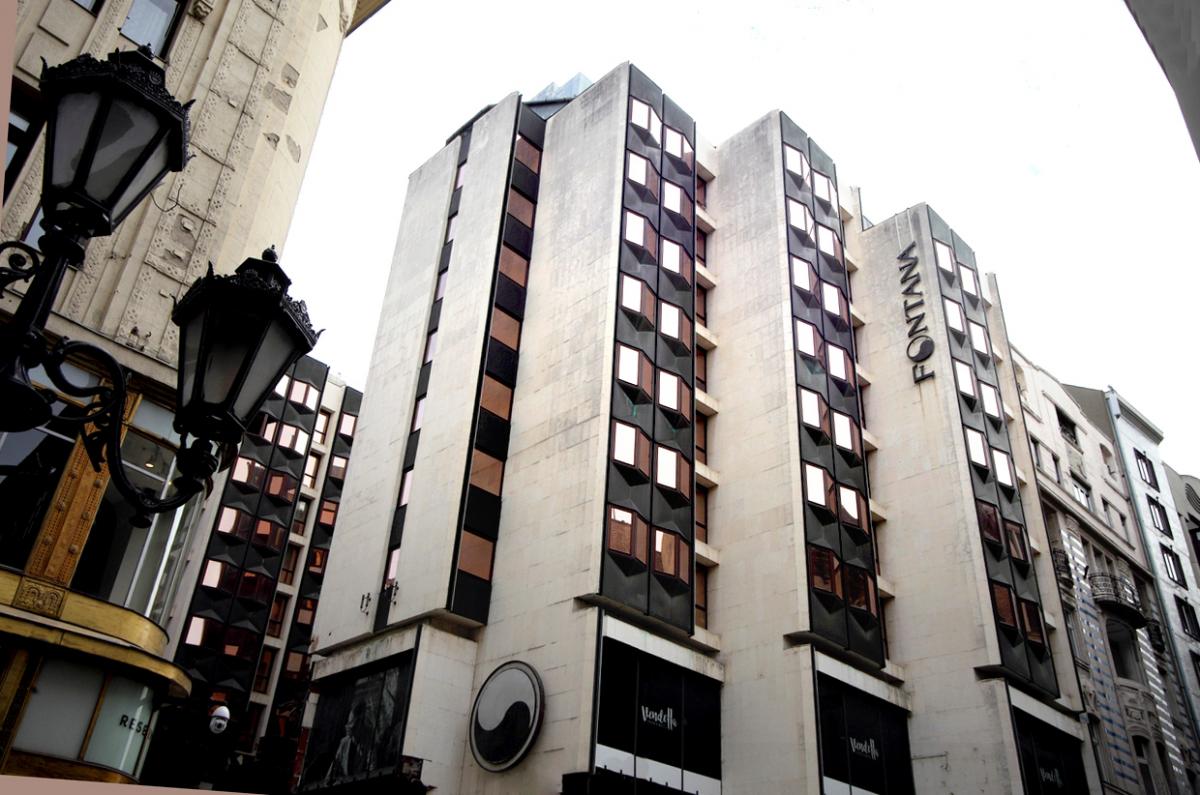 |
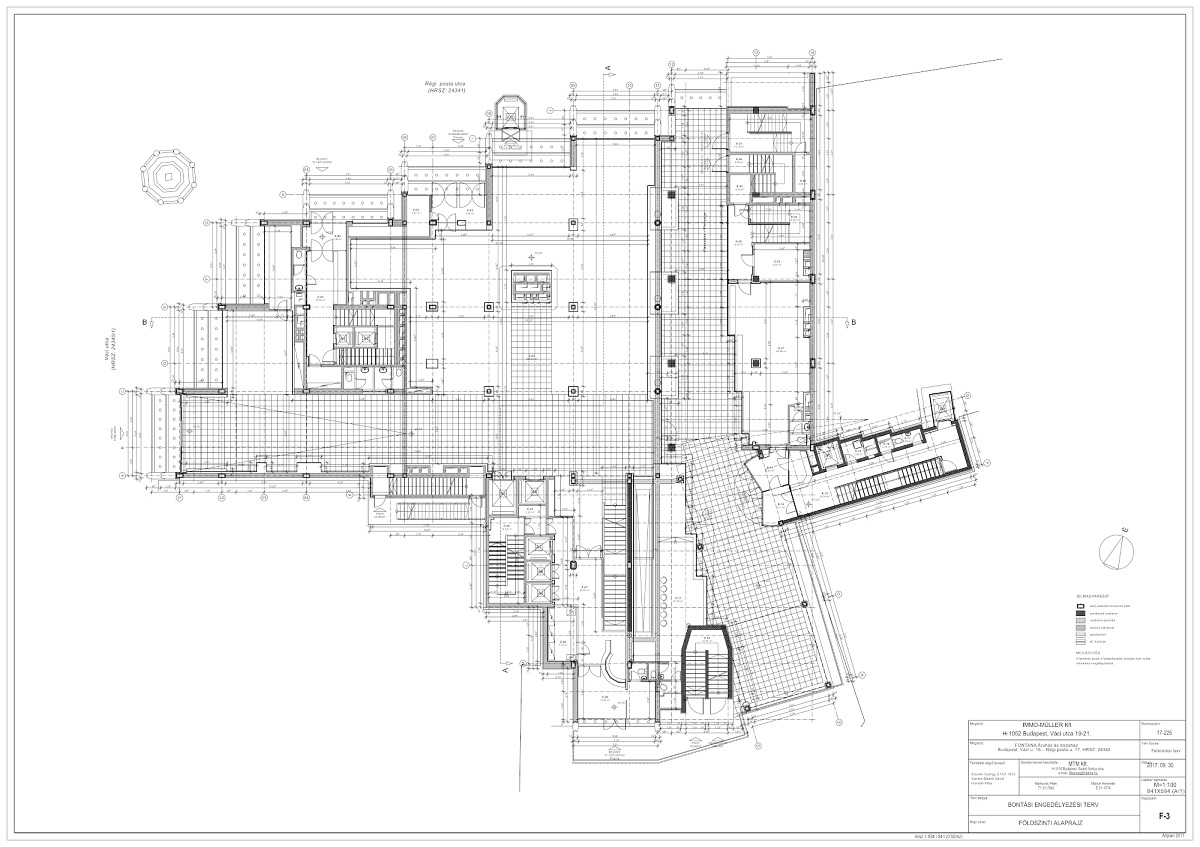 |
 |
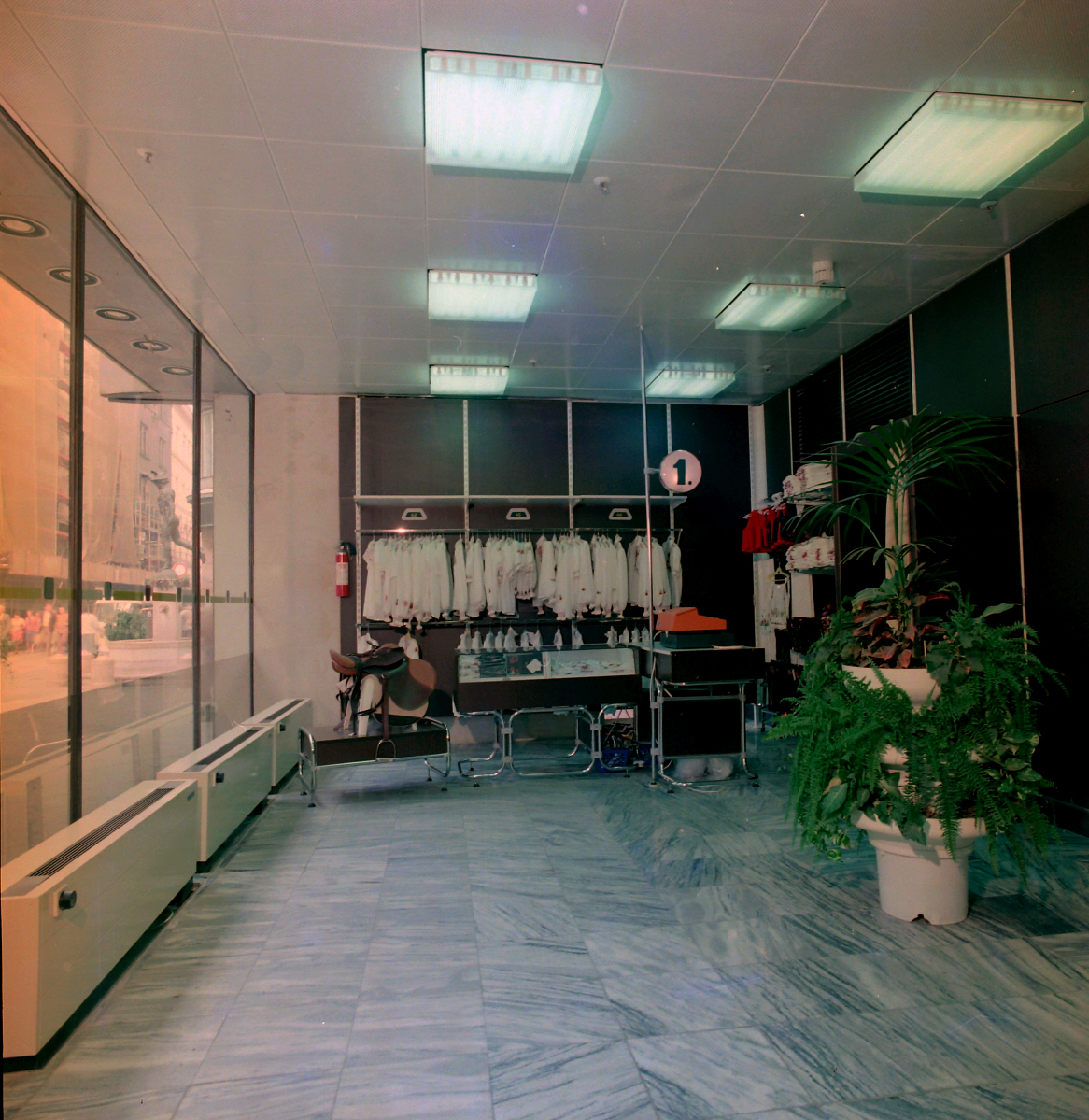 |
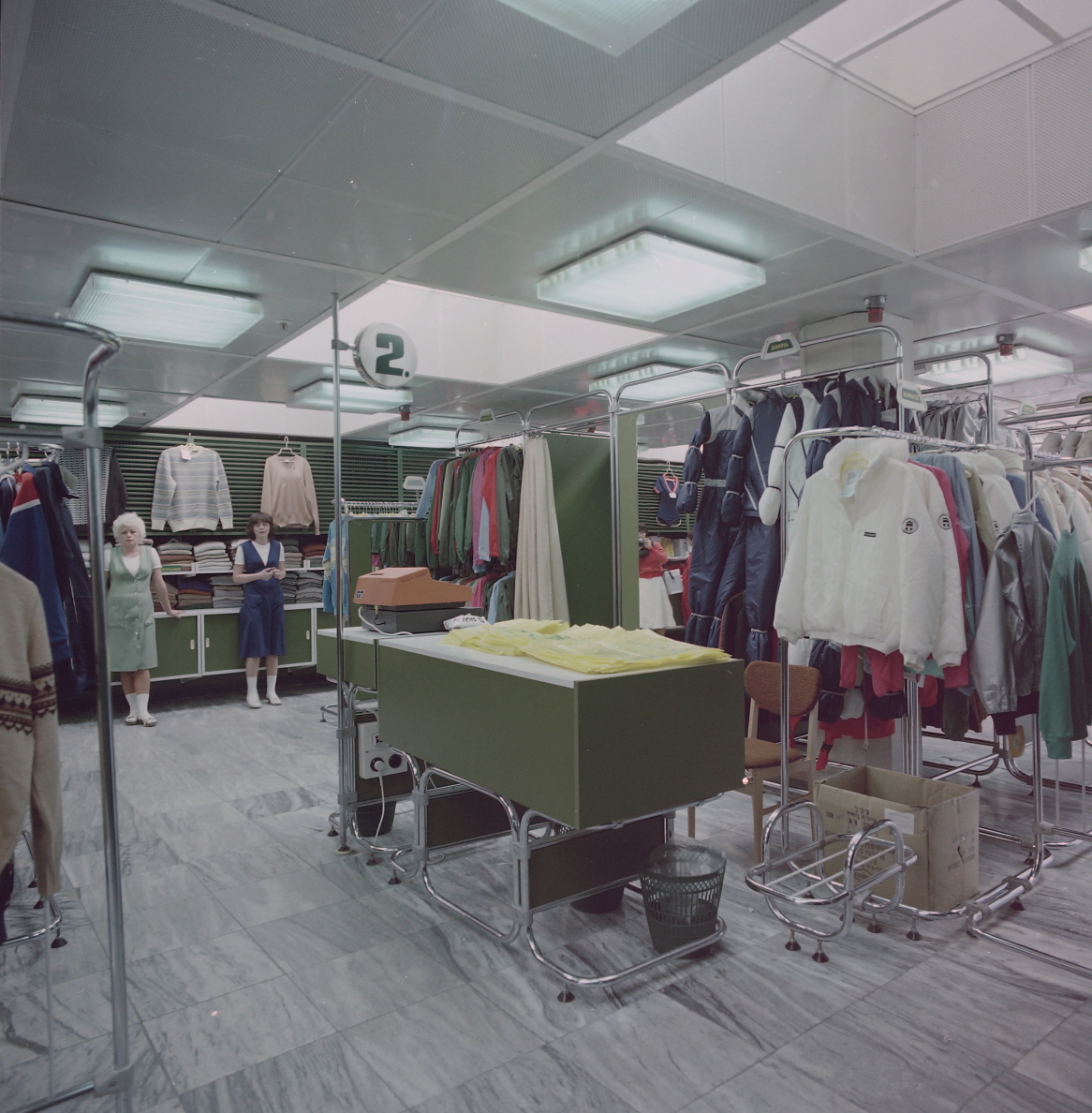 |
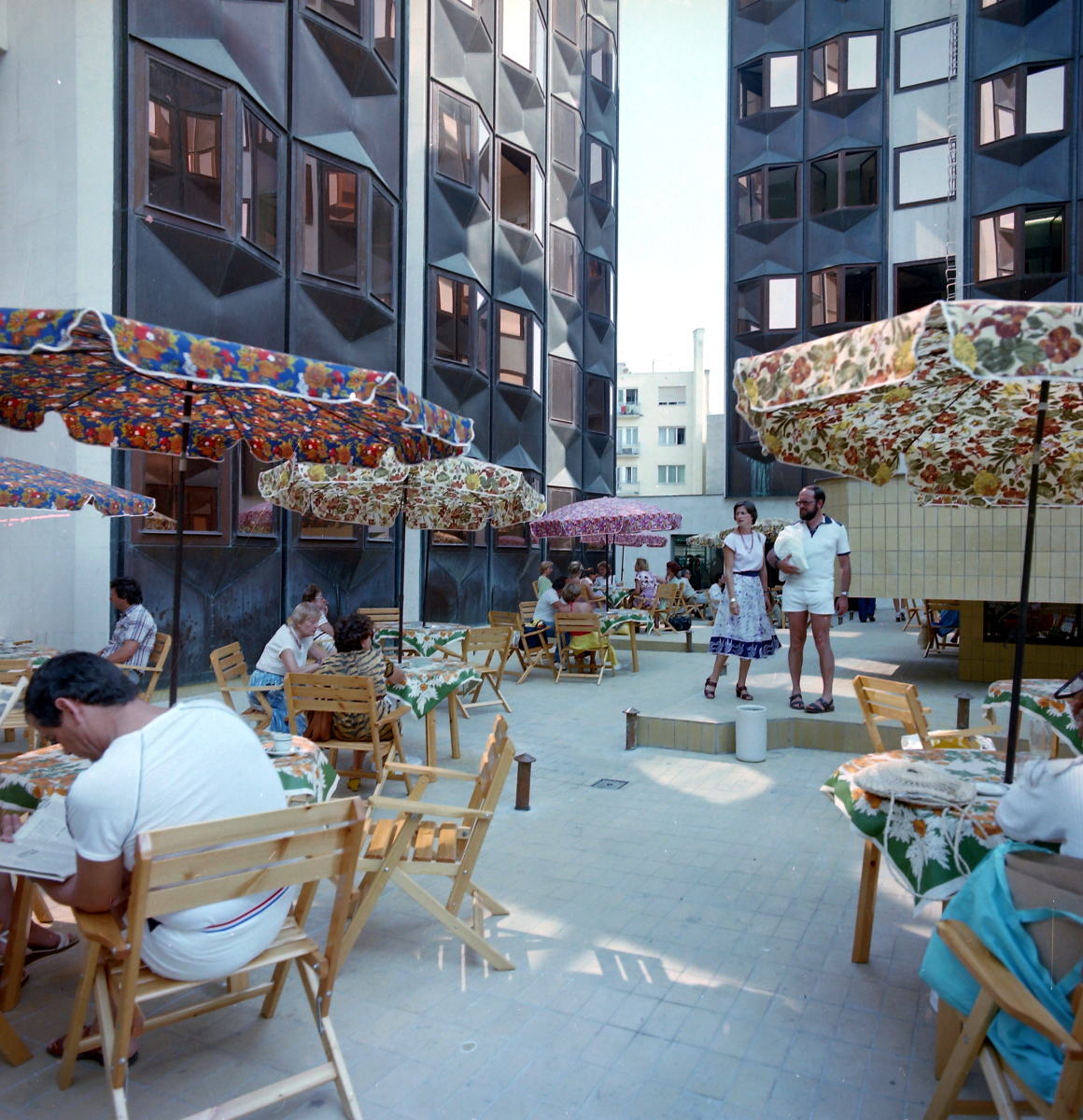 |
 |
 |
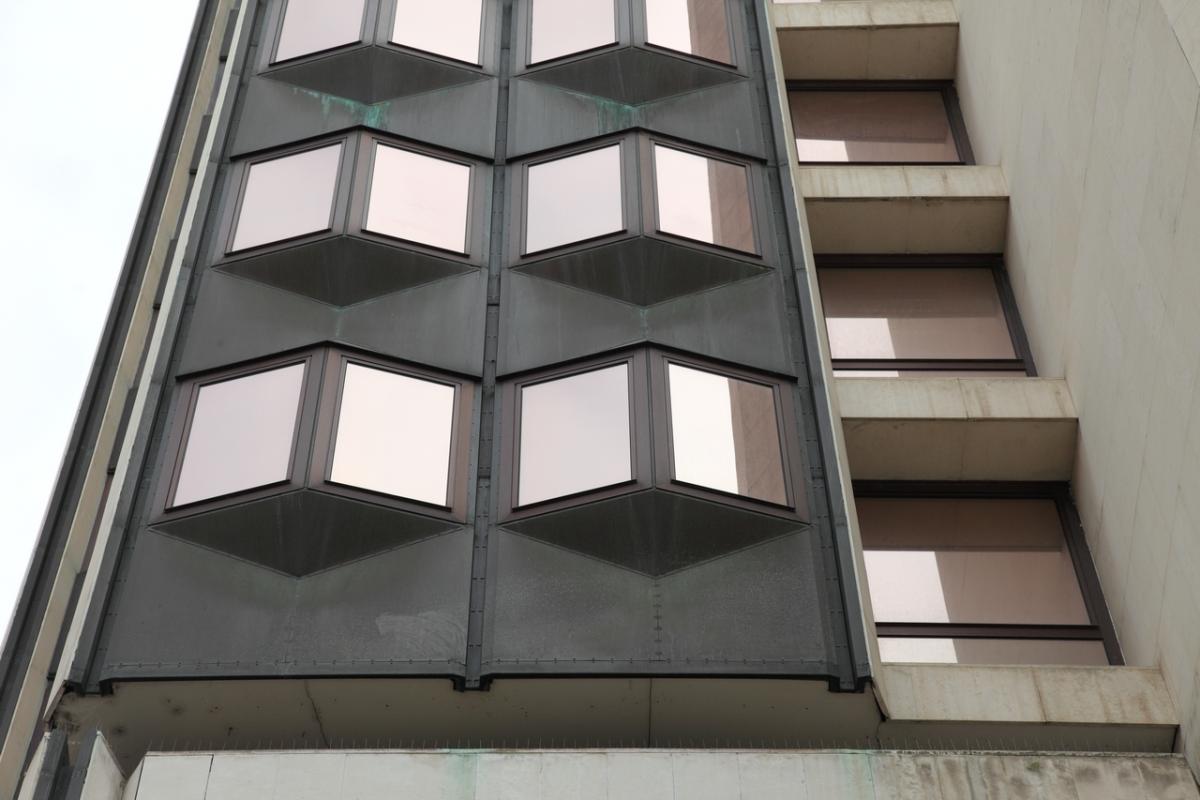 |
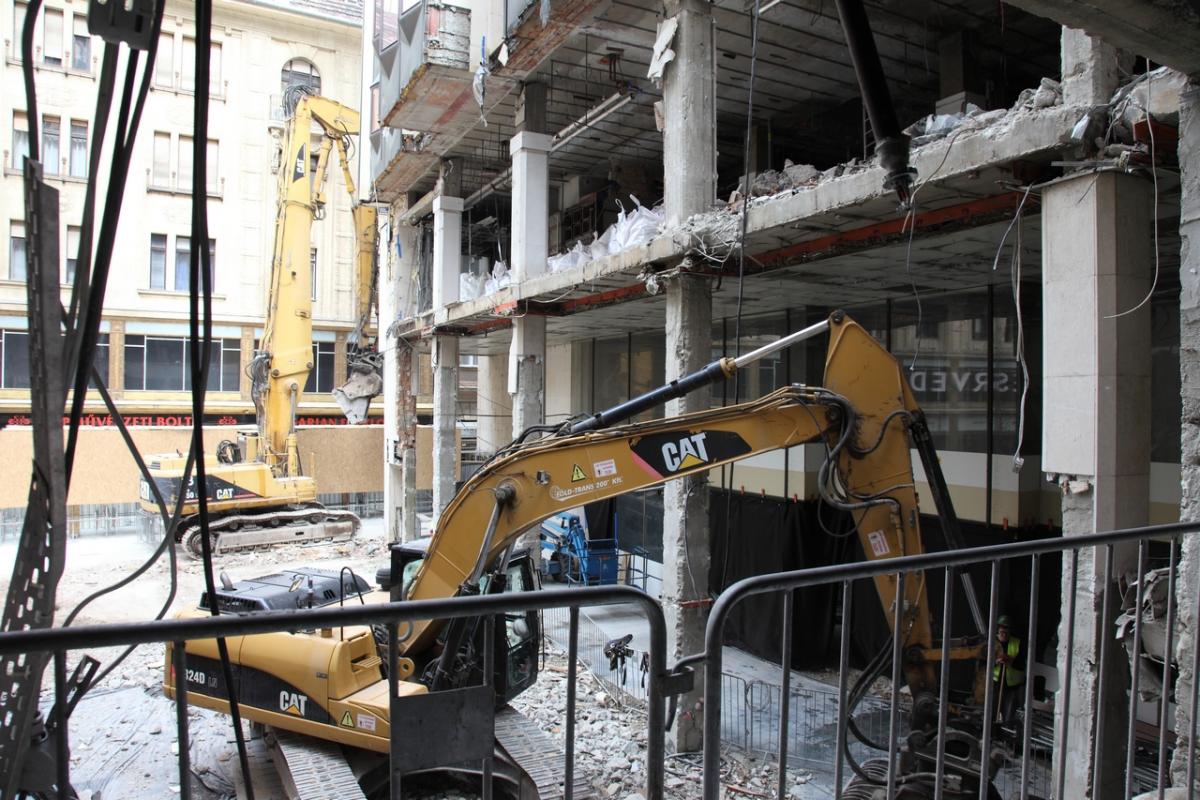 |
Back to tha main page: Virtual Architectural Salvage
